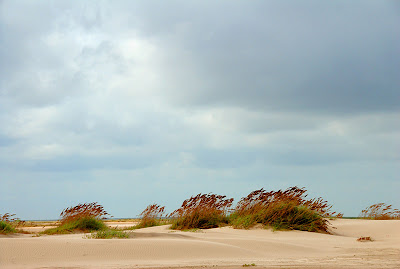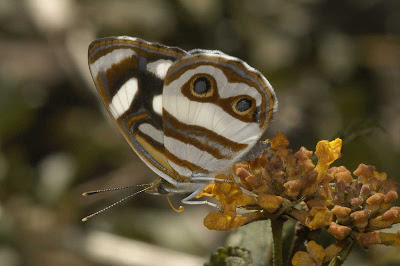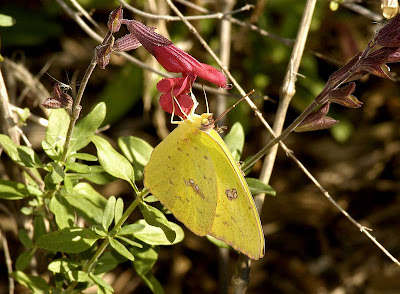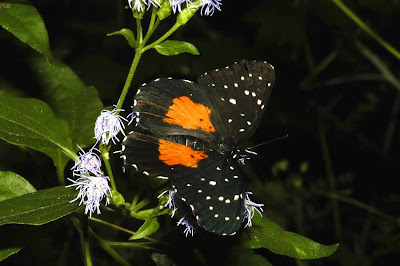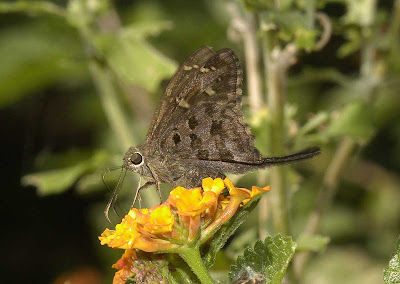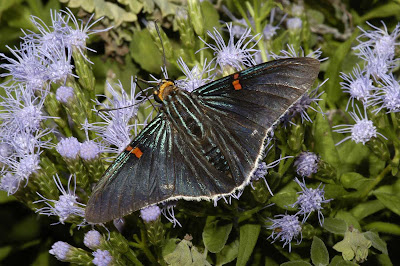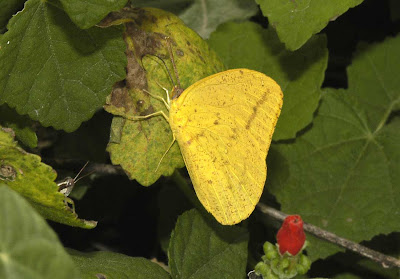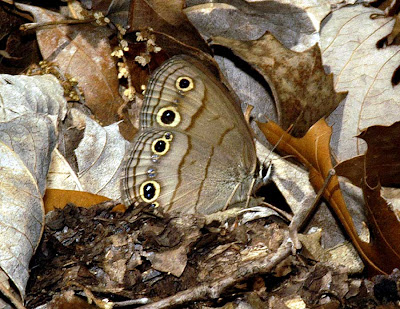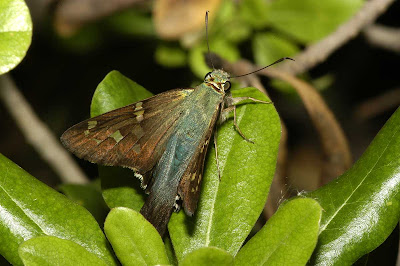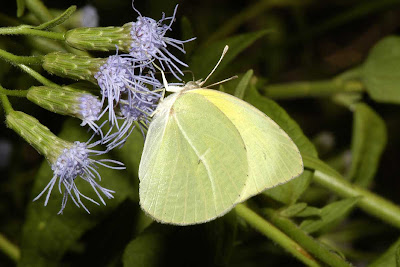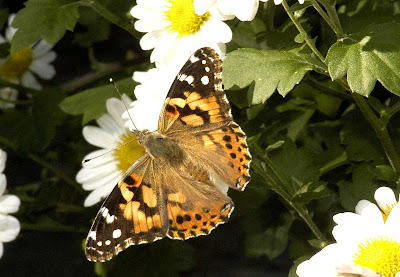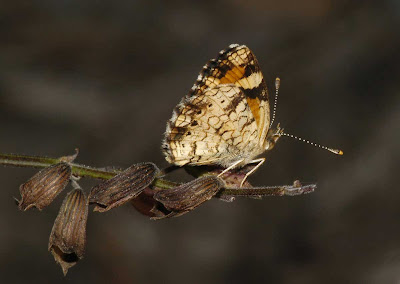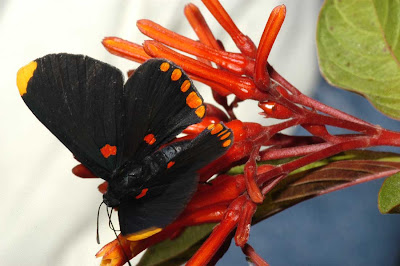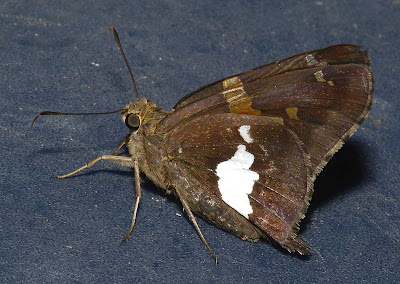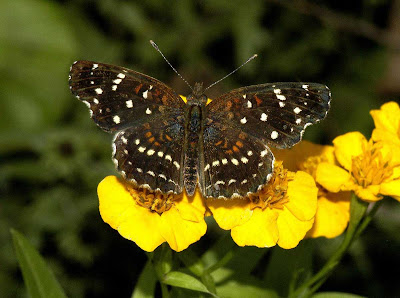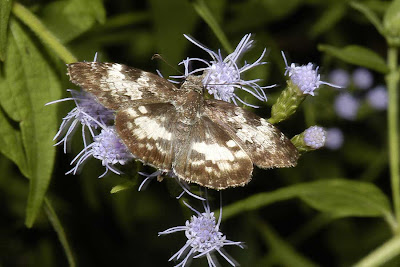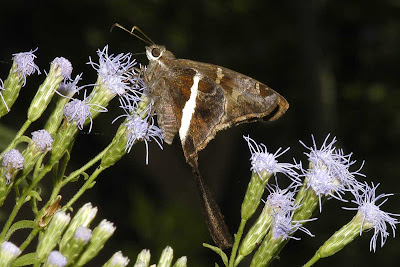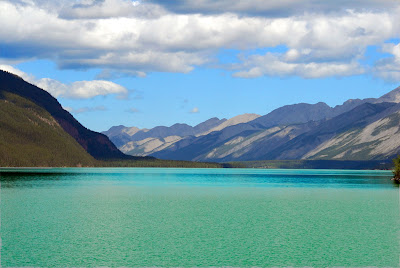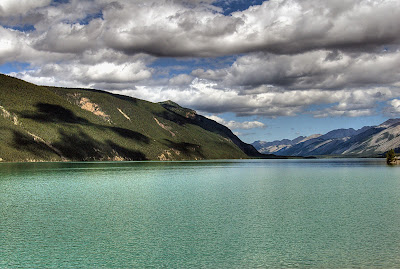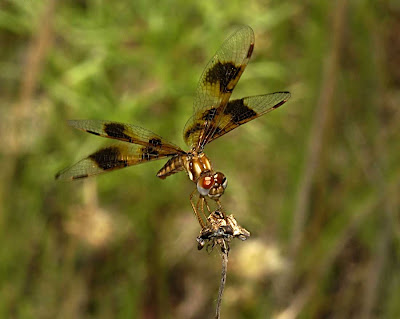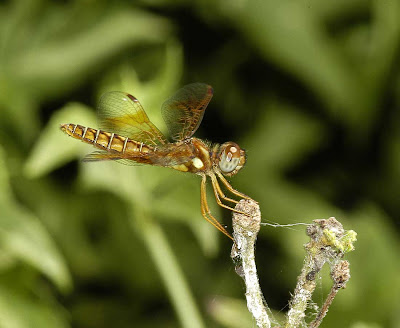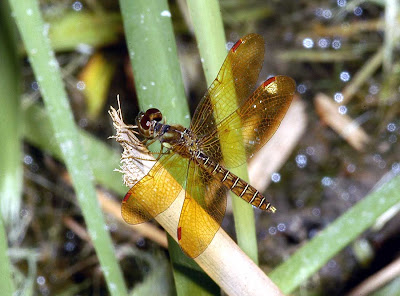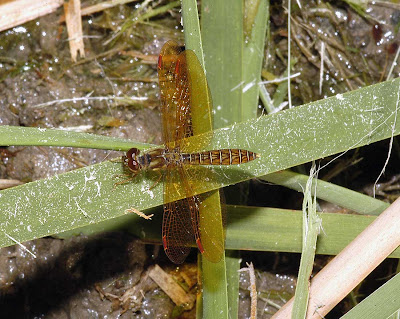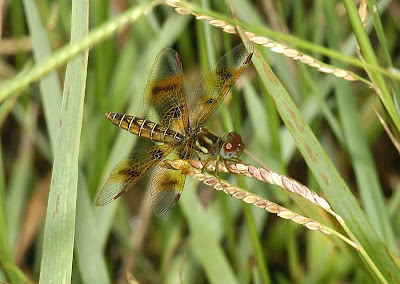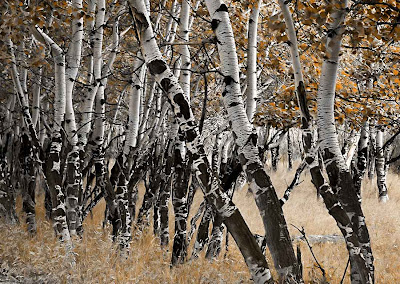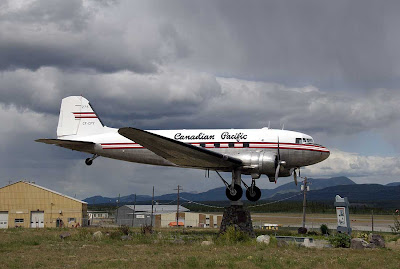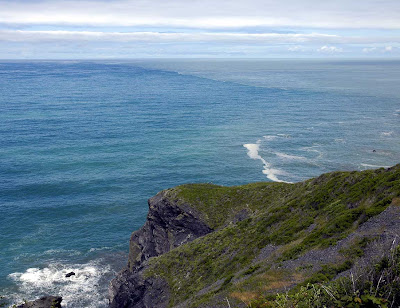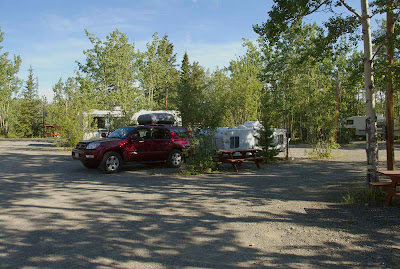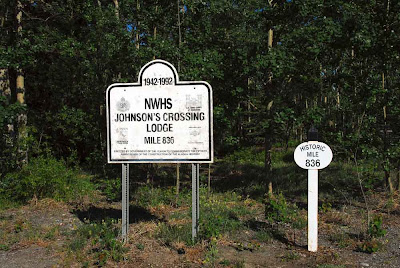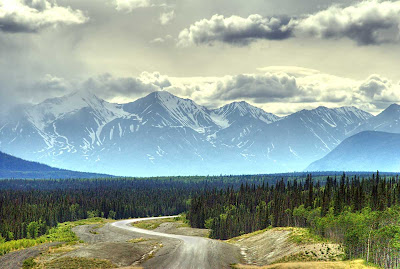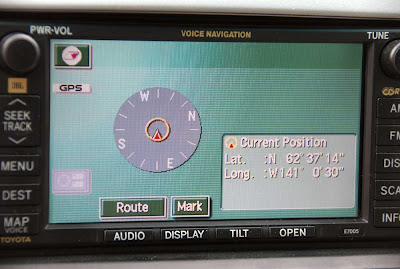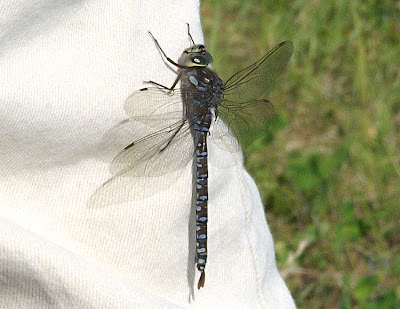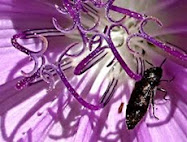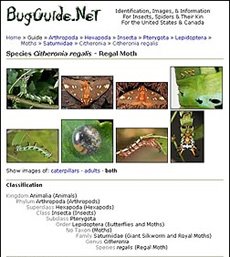We would like to share a photo that we made last fall on a trip down to the Rio Grande Valley in South Texas. It is a photograph of Sea Oats which grow on the eastern coasts of the U.S, Mexico, and the Islands of the Caribbean. I have been trying to photograph them for years, but I could never find a stand of Sea Oats that really suited me. What I had been looking for was a grouping of the oats leaning in a steady quartering wind to show some dynamic motion and add interest to the scene. I finally found it! An added bonus was the beautiful, mature fall colors set against clean sand and an interesting sky.
The sky is a typical marine layer which has lifted and can't decide whether to rain or break. It had showered much earlier in the morning. The stiff breeze was drying out the surface of the sand and creating small ripples in the surface (seen in the enlarged photo). Not seen in the photo are the grains of sand skittering across the upper beach above the tide line, reshaping the landscape, and pelting me mercilessly. Oh, the trials a photographer must endure to get the perfect picture....
Can you smell the clean, fresh ocean air? The temperature was a perfect 75-80 degrees. We drove along the beach at the water's edge for about 10 miles in our 4wd Toyota 4Runner. This area, called Boca Chica, is south of South Padre Island, and is separated from it by the channel at Port Isabel. This photograph was taken about one mile from the Rio Grande River, which forms the Texas/Mexico Border.
We had lunch in the 4Runner, facing the Gulf of Mexico, with the front wheels just being caressed by the incoming waves. What a view!
This is the same area and trip where we photographed the Oyster-catcher shown in a previous post. Click here to see this magnificent bird with his haughty stride, strolling on the beach. Martha photographed him as we drove past.
Note: Sea oats are well suited to saline environments, and are often used in soil stabilization projects, because their long root structure firmly holds loose soil. Sea oats are a protected grass in most states along the East Coast.
For other SWF posts,
see Tom's new SkyWatch site here.
.
